Renewable Energy Resources
Virginia law defines renewable energy as power from sunlight, wind, falling water, biomass, waste, municipal solid waste, wave motion, tides, and geothermal power (Code of Virginia § 56-576).
Renewables are growing in popularity as costs decrease and incentives are offered to help the U.S. transition to cleaner, domestically produced energy sources. Below you’ll find the most common renewables you should know about.
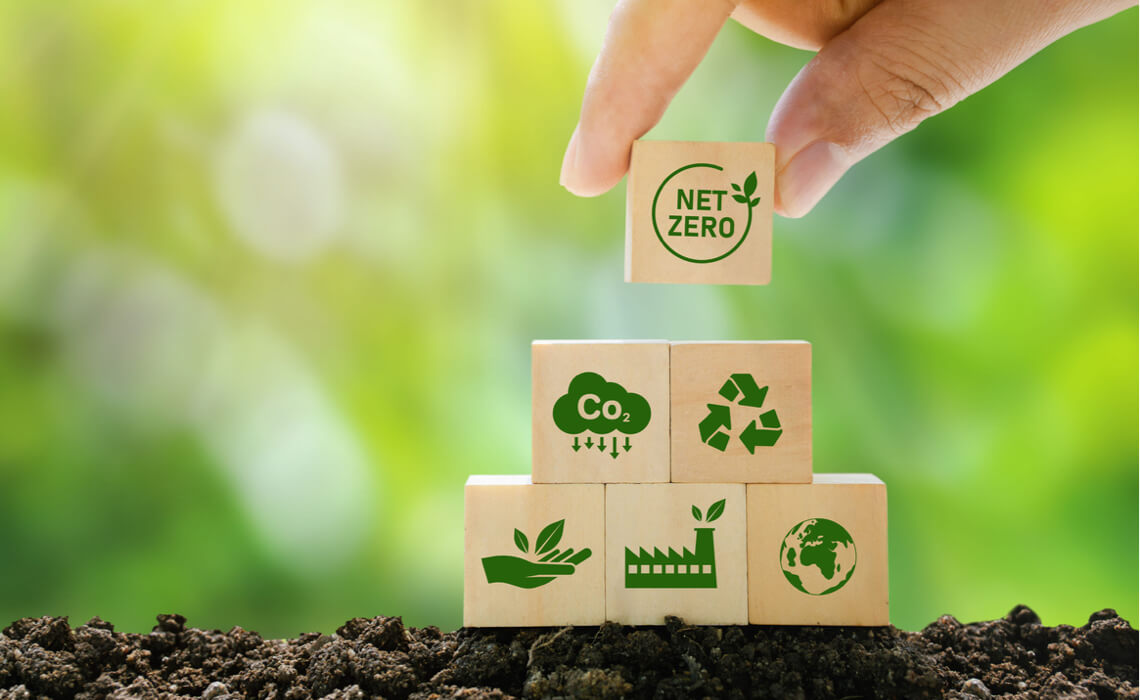
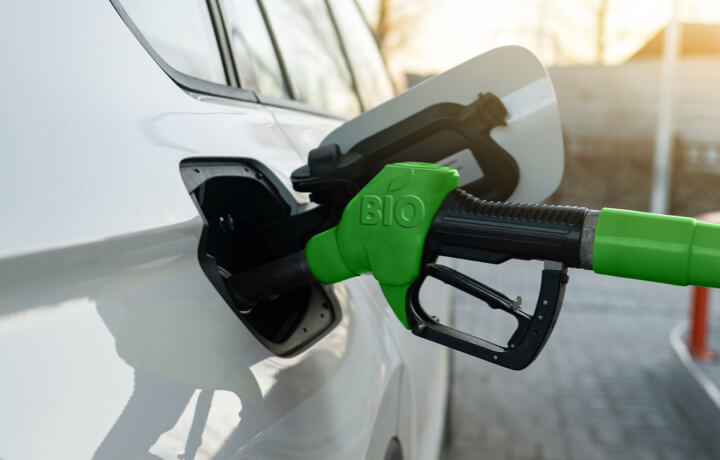
Biodiesel
Biodiesel is a clean-burning alternative to diesel fuel that is produced from animal fats, vegetable oils, or algae. It is domestically produced and readily available in Virginia. Biodiesel can be unblended (100% biodiesel, otherwise known as B100) or blended with petroleum diesel as B5 (5% biodiesel), B10 (10% biodiesel), B20 (20% biodiesel), etc. Visit the U.S. Department of Energy website to find a biodiesel fueling station near you.
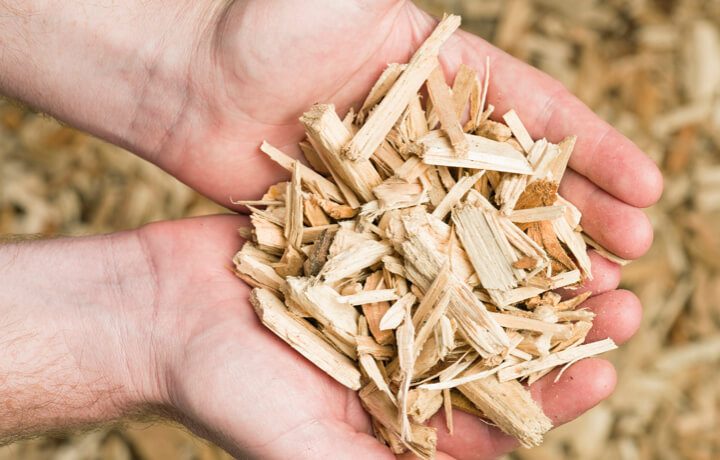
Biomass
Biomass is organic, nonfossil matter (i.e., matter that comes from plants and animals). It may derive from wood and wood processing wastes, agricultural crops and waste materials, biogenic materials in municipal solid waste, animal manure, and human waste. In Virginia, this resource is often harnessed by incinerating municipal solid waste or recovering biogas from landfills. Biomass can be used to generate electricity with the same technology used by fossil fuel-burning power plants. The use of renewable biomass creates additional value in farming, forestry, and other industries, reducing waste streams.
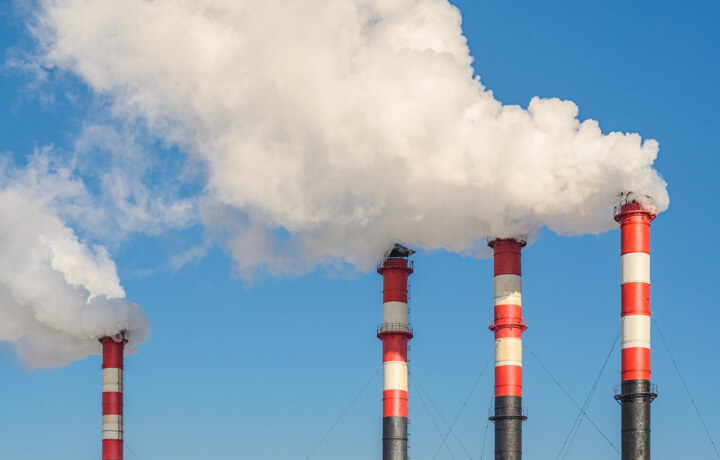
Combined Heat and Power
Also known as cogeneration, combined heat and power (CHP) is electricity generated by the steam from industrial plants. CHP can greatly increase a facility’s operational efficiency and decrease energy costs. CHP also reduces the emission of greenhouse gases, improves air quality, and can help Virginia meet its energy reduction goals. Learn more about combined heat and power installations in Virginia.
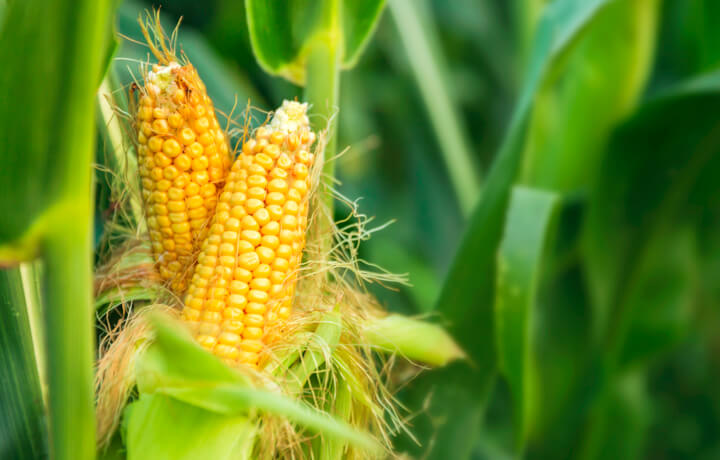
Ethanol
Ethanol is a fuel that is commonly made from corn but can be made from a variety of plants and crops, including sugarcane, prairie grasses, and algae. The gasoline you buy contains 10% ethanol. Some “flex fuel” vehicles can run on either regular gasoline or a mix of 85% ethanol known as E85. However, because E85 isn’t widely available, most of these vehicles run on regular gas.
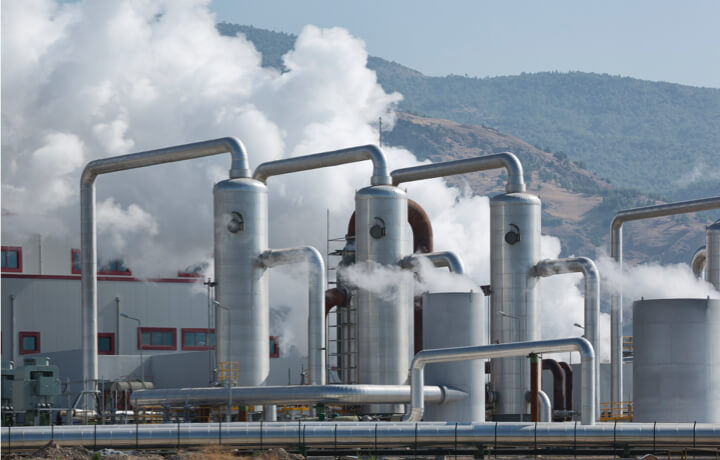
Geothermal
Geothermal energy is heat from the Earth. It is a clean, essentially limitless resource that can be used to produce electricity at power plants, to supply hot water, and to heat buildings through geothermal heat pumps.

Hydroelectric Power
Hydroelectric power, or hydropower, is emissions-free, renewable, and reliable energy generated by falling water. The energy is then converted into electricity with a turbine. As a source of energy, hydropower excels at preserving the stability and reliability of the electrical grid because it can provide power to the grid immediately, which makes it a reliable form of backup power.
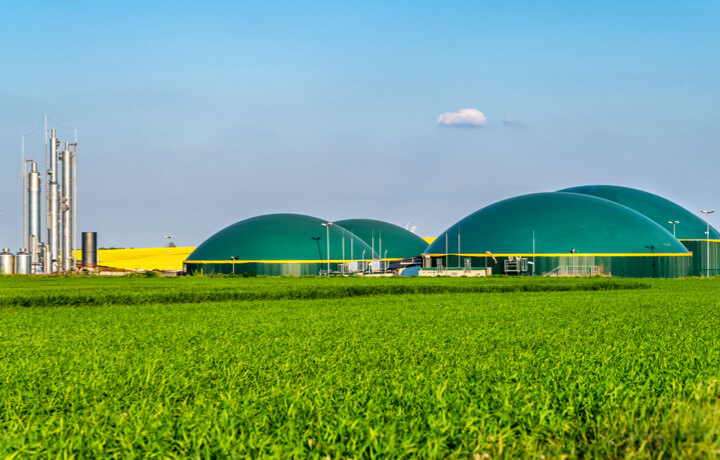
Landfill Gas
The natural degradation of organic matter in a landfill creates gas. This gas is about 50% methane and 50% carbon dioxide and typically is burned or “flared” so it doesn’t contribute to greenhouse gases in the atmosphere.
An alternative to flaring is using the methane as a fuel source to produce electricity. The gas can be converted into electricity using a microturbine or fuel cell. It can also be burned for heating purposes. Currently, more than a dozen landfills throughout Virginia provide gas to generate supplemental fuel and electricity. As demands for energy and fuel grow, landfill gas may become a more widely used resource in Virginia.
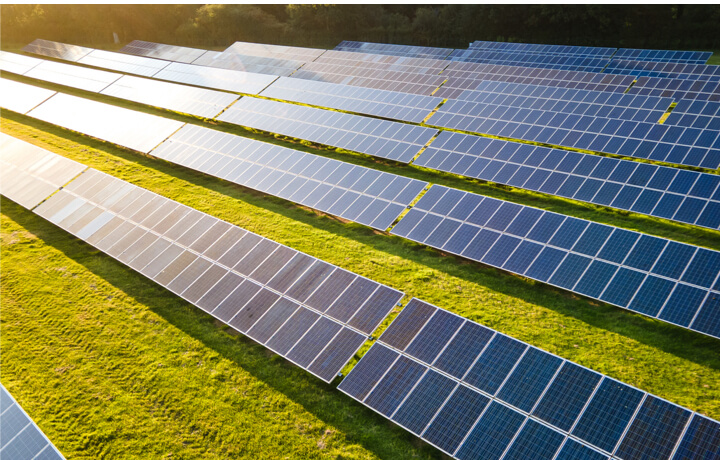
Solar
The sun’s heat and light provide an abundant source of energy that can be harnessed in many ways. A variety of technologies have been developed to take advantage of solar energy, including solar roof panels (photovoltaics) that generate power and solar thermal systems that are used to make heat. Learn more about Virginia’s solar power resources.
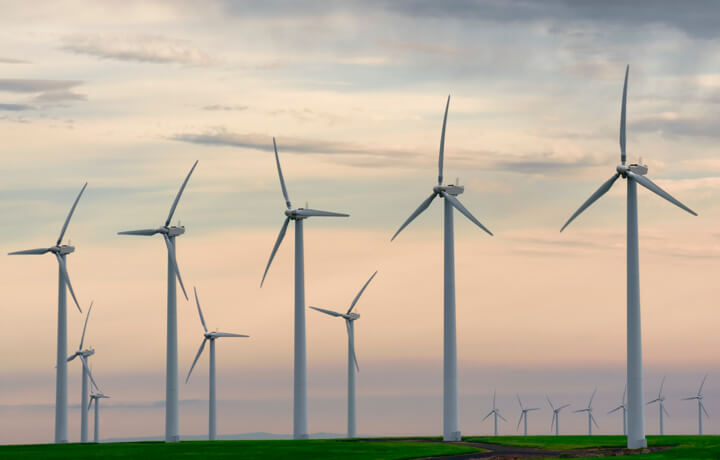
Wind
Although wind power is America’s second-fastest growing source of power generation (after solar power), Virginia currently does not have any utility-scale wind farms in operation. The Commonwealth is working with universities, environmental groups, and other nonprofits to explore Virginia’s options for developing its wind resource potential in an environmentally responsible manner.
The largest offshore wind project in the U.S. is located 27 miles off the coast of Virginia and scheduled to be completed in 2026. The 2.6-gigawatt wind farm will deliver clean energy to the electric grid, serving homes and businesses in the Hampton Roads area.
Learn more about Virginia’s wind power research and development activities.